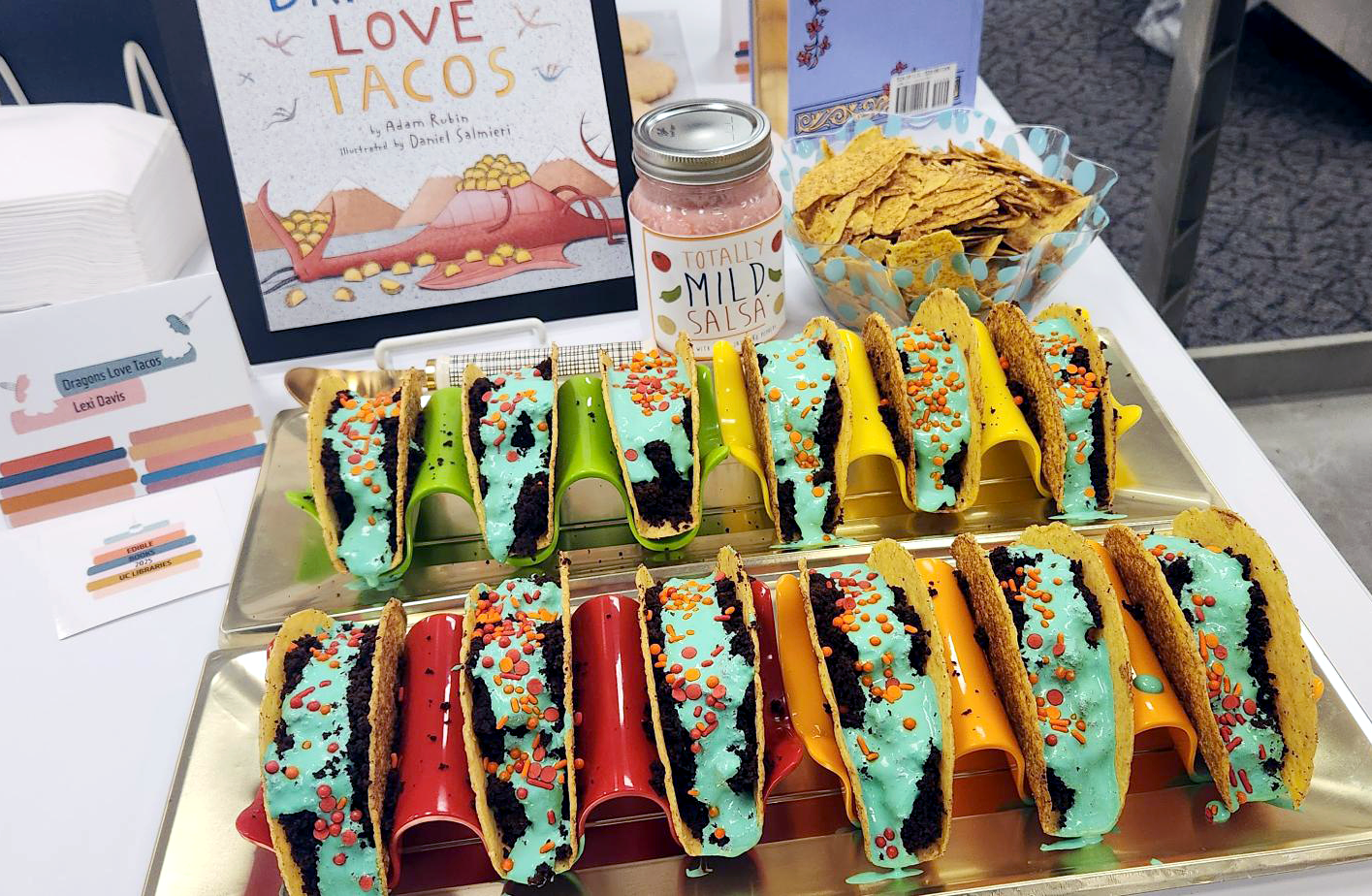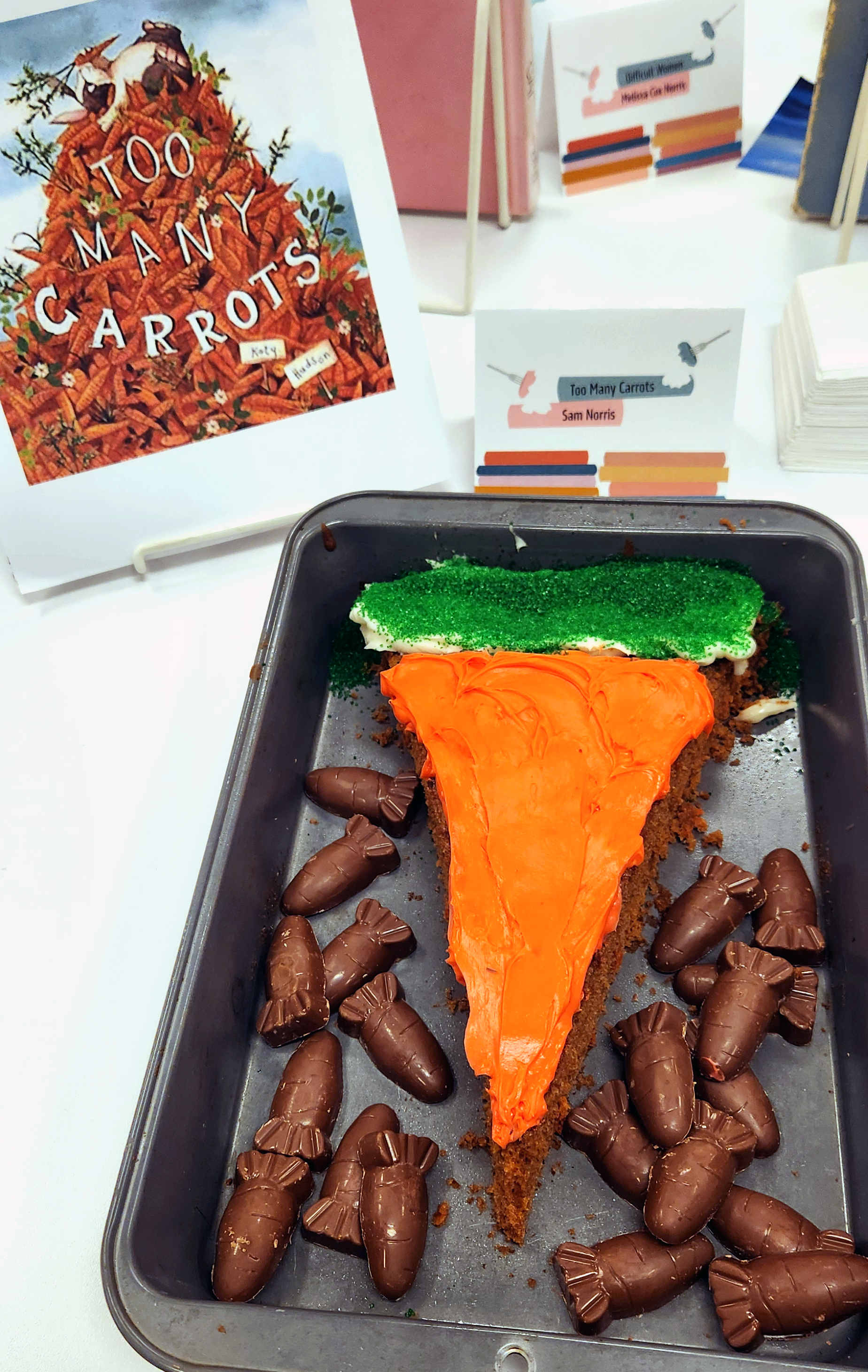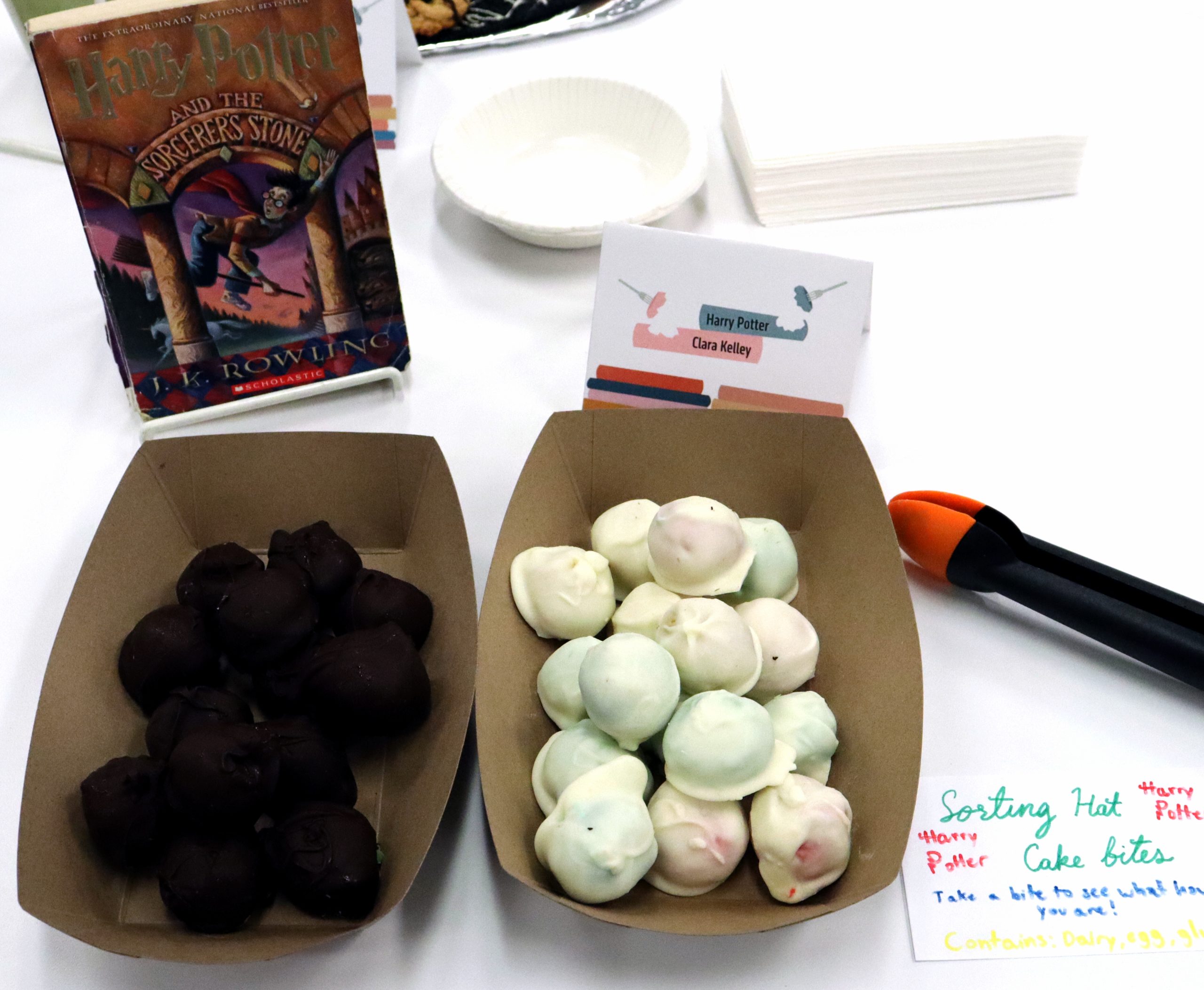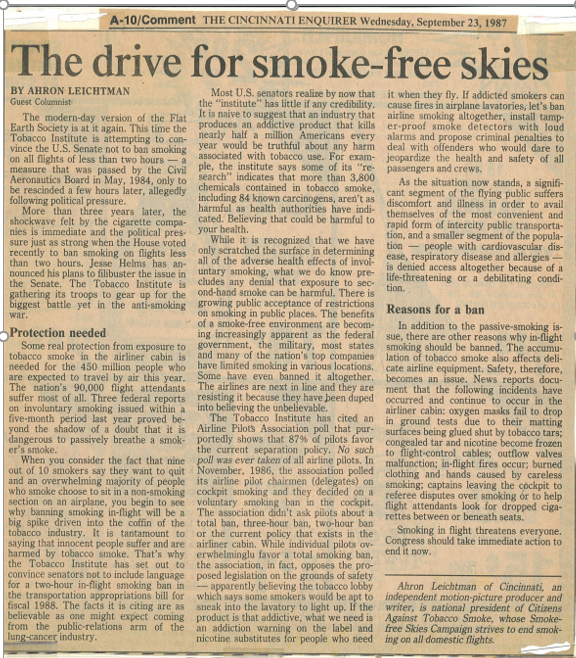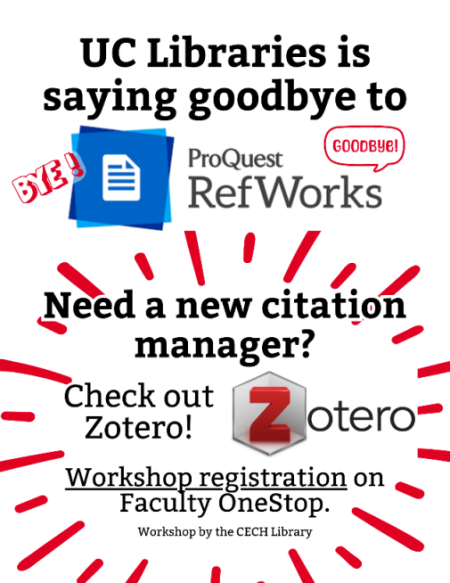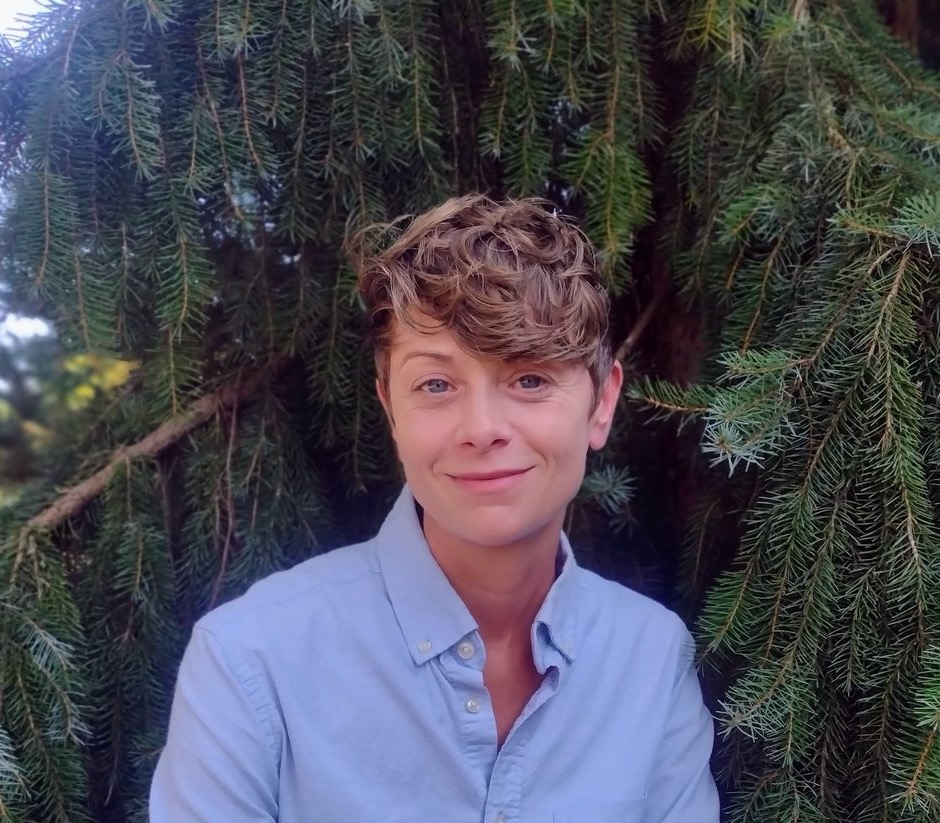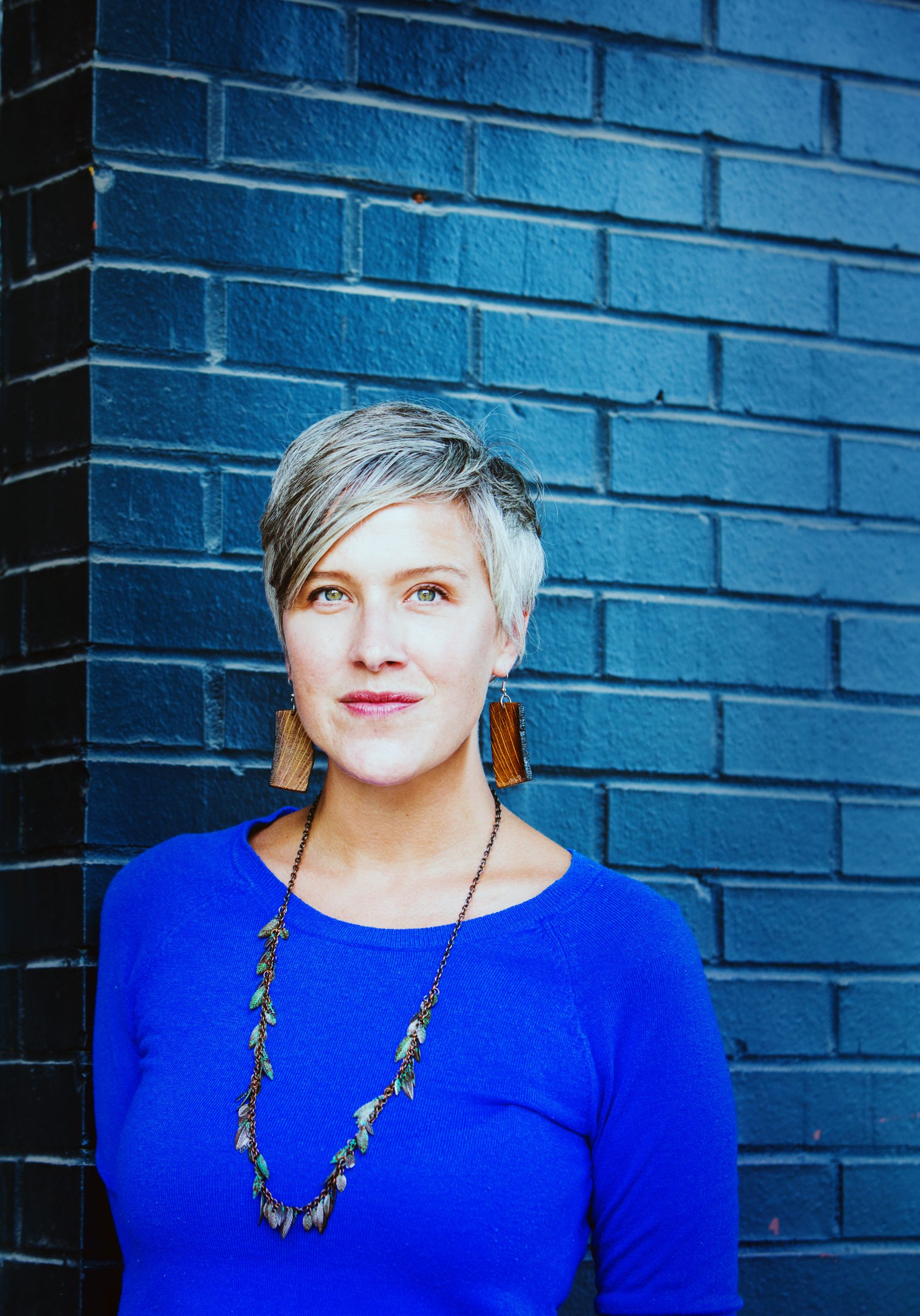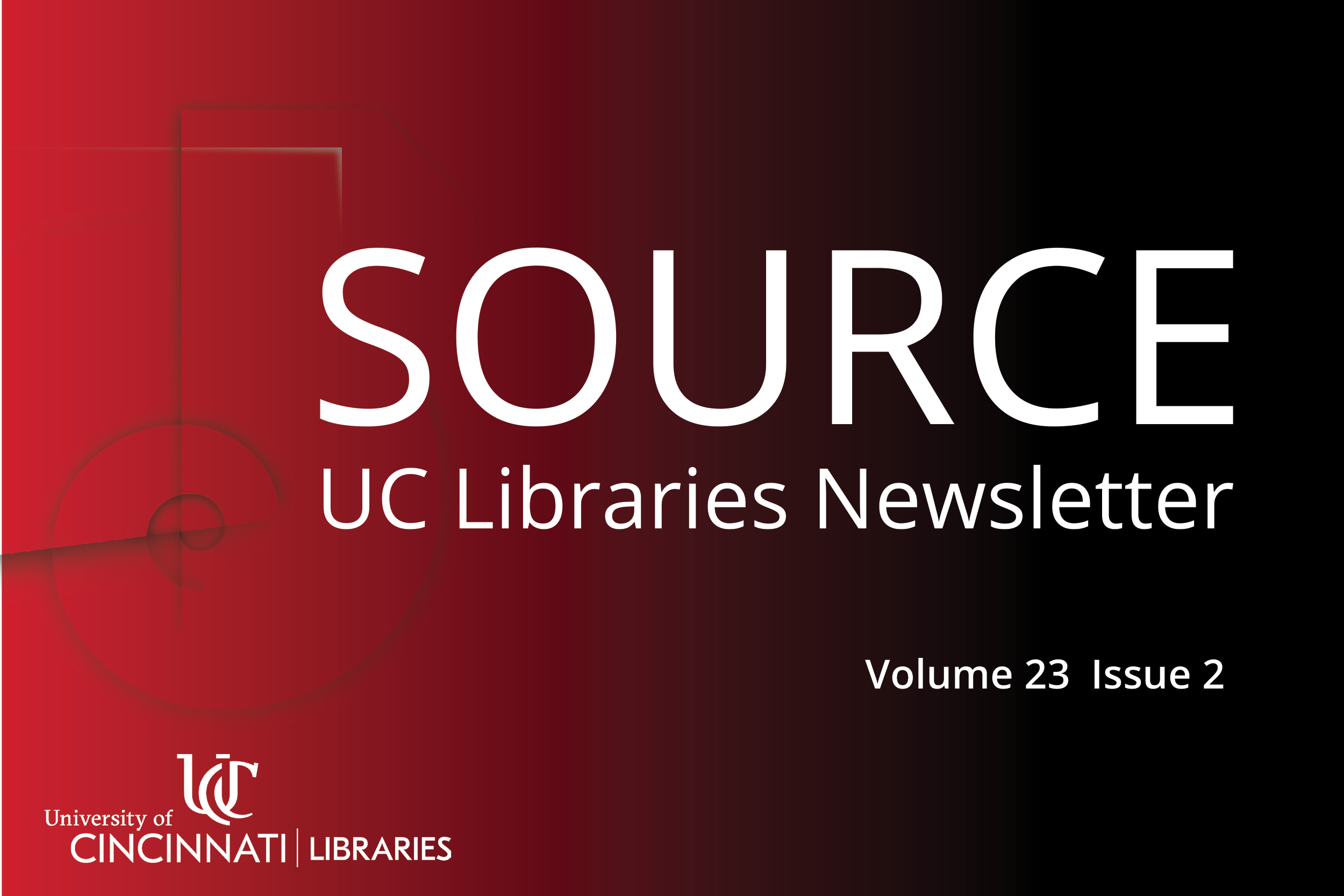The Archives & Rare Books Library is pleased to serve the University of Cincinnati with instruction in records management. With a student population of 53,000 and 12,000 employees, lots of records are created, received, managed, and destroyed or transferred at UC every day. The instruction gives employees the skills and knowledge to confidently manage records under their oversight. But what can they expect from instruction?

It starts with defining what a record is: any document, device, or item – physical or digital – that’s created by or received by UC to perform an action. That’s a broad definition but necessary with the many kinds of records on campus. At the same time, it’s just as important to know what is not a record: rough notes or drafts of official documents.
With these definitions, employees can better understand their responsibilities, starting with the four reasons for records management at UC: 1. Minimizing legal risk; 2. Reducing physical and digital storage costs; 3. Increasing administrative efficiency; 4. Preserving UC history. These help employees learn to create or receive records only as necessary to do their jobs and help others. But what about keeping or discarding records?
That involves the records retention schedules. They are a huge part of records management, determining how long records are kept. Most records at UC fall under the General Records Schedule. The GRS governs common business, administrative, and education records. Most areas of UC use the GRS. Yet some units have highly specialized records and therefore use unique retention schedules. Training helps employees understand and navigate both.
With staff understanding what records are, their responsibilities, and the retention schedules, they are ready to learn about destruction and transfer of records. Some records lose their usefulness with time and require destruction. But any destruction is documented on a form. Other records retain their usefulness and are transferred to University Archives.
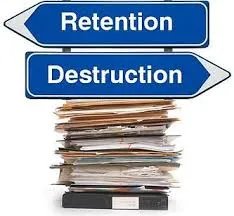
To learn more about records management at UC, please contact the Records Manager to schedule a training for your unit (kirkwojp@ucmail.uc.edu or 513-556-1958. Training typically lasts one hour with a presentation and Q&A after. Specialized topics require more notice and preparation.


